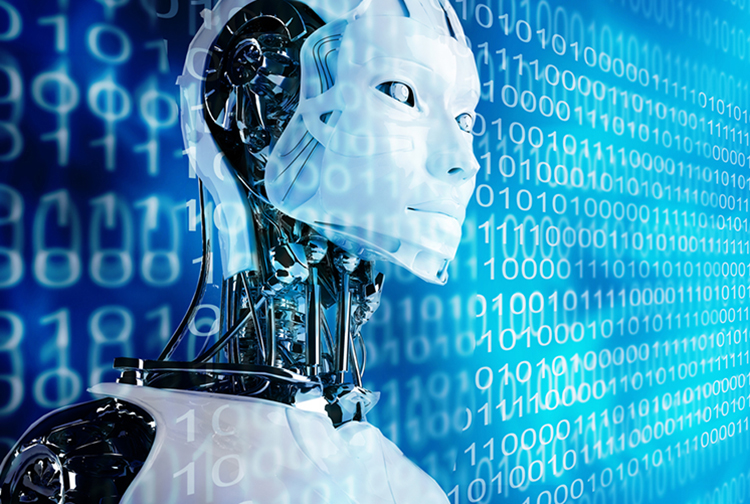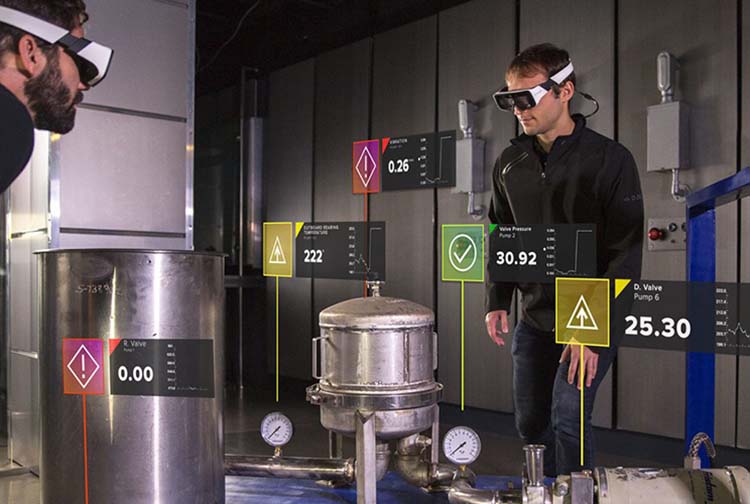The Internet of Things (IoT) is the network of physical objects embedded with electronics, software, sensors, and network connectivity enabling these objects to collect and exchange data, according to Forbes.
By Kelly Potter, Transcendent Corporation
Products with wireless connectivity (from lightbulbs to thermostats to Alexa) are most present in people’s homes today than not, one report suggests that 79% of US consumers have at least one connected device at home.
But the technology actually has its roots in a world that predates the rise of smart appliances: Industrial manufacturing.
The Industrial Internet of Things (IIoT) ‘takes networked sensors and intelligent devices and puts those technologies to use directly on the manufacturing floor, collecting data to drive AI and predictive analytics’.
Robert Schmid, Deloitte Digital IoT Chief Technologist stated: “In IIoT technology, sensors are attached to physical assets. Those sensors gather data, store it wirelessly, and use analytics and machine learning to take some kind of action.”
The IIoT is driving a disruption in the manufacturing industry transforming traditional, linear manufacturing supply chains into dynamic, interconnected systems. IIoT technologies help to change the way products are made and delivered, making factories more efficient and safer for human operators and in some cases saving facilities millions of unnecessary dollars.
Predictive maintenance in the workplace
One of the many benefits of IIoT is how it can improve operating efficiencies. If a machine goes down, for example, connected sensors can determine where the issue is occurring and trigger a service request to an engineer. IIoT can also work together with an EAM CMMS where engineers can receive these generated requests on their mobile device and immediately go to the location to repair or assign it to another engineer near the asset.
IIoT can also predict when a machine will likely breakdown or when its useful lifecycle is about to end before it ever happens. It is taking a preventive maintenance approach to the next level by saving facility owners thousands of dollars on unwarranted repairs or replacements.
A real life example:
A facility paying a worker $16/hour to manually check 16 meters around the property once a day will cost $3,840, and if this person was to check the same meters once per hour to try and decipher changes it would cost $92,160. Imagine checking the meters every minute or every second; it becomes humanly impossible to do so without the use of machine learning.
Machine learning can decipher the changes, and workers can then implement those changes to start that next level of predictive maintenance.
Beyond saving time and money, the IIoT can keep workers safe. If an oil well is about to reach a dangerous pressure condition, for example, operators will be warned well before it explodes based on the nature of the sensors and vibration analysis. Sensors can even be used to manage and monitor workers’ locations in case of an emergency or evacuation.
IIoT technology in the workforce
The IIoT is already boosting efficiency, productivity, and safety within the workplace, and the future is looking bright for several industries. Let’s take a look at some companies that are taking advantage of IIoT technology or have already created their own.
Infrared thermography allows engineers and mechanics to see electrical systems, mechanical equipment, building applications, and fluid systems through the use of Thermovision.
Engineers can spot faulty connections, abnormal motors, pipe temperatures and tank levels through this equipment showing different colors without having to touch the equipment. This reduces the risk of engineers getting hurt on the job.
A company called DAQRI is focused on AR technology and developed a wearable AR tech smart helmet for industrial use. Engineers can see 4D images above assets in their facilities that prompt them with instructions and also give them a mapping of all asset functionality. This wearable technology allows engineers to discover asset information faster and closes the knowledge gap for new hires.
Another company called UpSkill connects the workforce through augmented reality in its wearable technology guiding technicians in real-time to complete tasks, checklists, work orders, and send media to managers.
This equipment is becoming more prevalent and as more machines become connected to the internet, approximately 50 billion machines will be connected on the internet by 2020, it becomes imperative facilities and industries adopt these devices and make them apart of their facility operations.
A CMMS has the capability to provide maintenance management and staff with an automated tool capable of scheduling inspections, preventive maintenance, managing inventory, work orders, and retrieval of recorded asset history.
Technicians can perform actual work with instructions on handhelds, enter how long it takes to complete work orders, filter through past work orders, and close out of the system. All the information is recorded in real time, so managers can access the information instantaneously.
The ability to track your work, document it, and send it to managers could be paired with wearable technology, like the companies above, to get engineers an elevated view of assets through thermal technology or the ability to see instructions on assets and use that data to train new hires and not have to worry about on-boarding.
A CMMS could also benefit from machine learning using algorithms to monitor assets like meter readings and the ability to calculate readings by the second which would be humanly impossible to do; this will cut down on extraneous labor costs and allow facilities to allocate dollars elsewhere.
The possibilities are becoming endless when it comes to how IoT, AR, VR, and Machine learning can help facilities with energy savings, labor savings, employee safety, and more. The future is a scary and exciting thing but ultimately inevitable for change.



